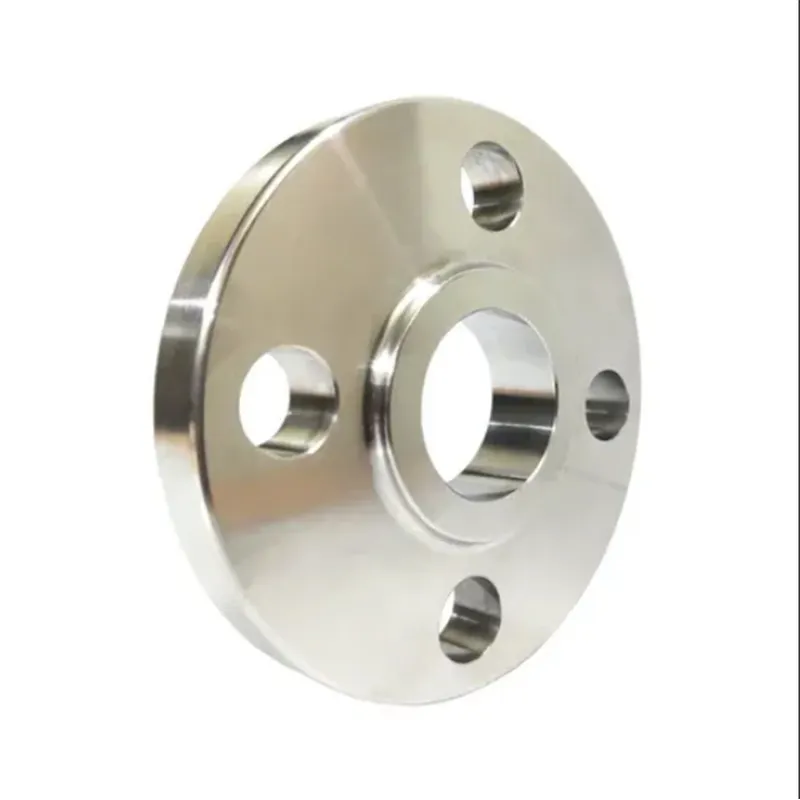-
Cangzhou Yulong Steel Co., Ltd.
-
Phone:
+86 13303177267 -
Email:
admin@ylsteelfittings.com
- English
- Arabic
- Italian
- Spanish
- Portuguese
- German
- kazakh
- Persian
- Greek
- French
- Russian
- Polish
- Thai
- Indonesian
- Vietnamese
- Zulu
- Korean
- Uzbek
- Hindi
- Serbian
- Malay
- Ukrainian
- Gujarati
- Haitian Creole
- hausa
- hawaiian
- Hebrew
- Miao
- Hungarian
- Icelandic
- igbo
- irish
- Japanese
- Javanese
- Kannada
- Khmer
- Rwandese
- Afrikaans
- Albanian
- Amharic
- Armenian
- Azerbaijani
- Basque
- Belarusian
- Bengali
- Bosnian
- Bulgarian
- Catalan
- Cebuano
- China
- China (Taiwan)
- Corsican
- Croatian
- Czech
- Danish
- Esperanto
- Estonian
- Finnish
- Frisian
- Galician
- Georgian
- Kurdish
- Kyrgyz
- Lao
- Latin
- Latvian
- Lithuanian
- Luxembourgish
- Macedonian
- Malgashi
- Malayalam
- Maltese
- Maori
- Marathi
- Mongolian
- Myanmar
- Nepali
- Norwegian
- Norwegian
- Occitan
- Pashto
- Dutch
- Punjabi
- Romanian
- Samoan
- Scottish Gaelic
- Sesotho
- Shona
- Sindhi
- Sinhala
- Slovak
- Slovenian
- Somali
- Sundanese
- Swahili
- Swedish
- Tagalog
- Tajik
- Tamil
- Tatar
- Telugu
- Turkish
- Turkmen
- Urdu
- Uighur
- Welsh
- Bantu
- Yiddish
- Yoruba

Nov . 19, 2024 18:54 Back to list
Properties and Applications of 316 Stainless Steel Pipe in Various Industries
Understanding 316 Stainless Steel Pipe Properties, Applications, and Advantages
316 stainless steel pipe is one of the most widely used materials in various industrial applications due to its excellent corrosion resistance, strength, and versatility. This article aims to explore the characteristics, advantages, and applications of 316 stainless steel pipe, making it a preferred choice in many sectors.
Properties of 316 Stainless Steel
316 stainless steel belongs to the austenitic family of stainless steel, known for its high levels of chromium, nickel, and molybdenum. The primary components include
- Chromium (16-18%) Enhances corrosion resistance and provides a shiny finish. - Nickel (10-14%) Improves the toughness and ductility. - Molybdenum (2-3%) Increases resistance to pitting and crevice corrosion in chloride environments.
These elements collectively contribute to the material's superior durability and longevity when compared to other stainless steel grades, such as 304 stainless steel. The addition of molybdenum specifically makes 316 stainless steel suitable for harsh environments, like marine applications or chemical processing.
Advantages of 316 Stainless Steel Pipe
1. Corrosion Resistance 316 stainless steel pipe exhibits outstanding resistance to a wide range of corrosive environments, including acids, chlorides, and saline solutions. This attribute makes it ideal for use in chemical processing industries, marine applications, and environments where exposure to moisture is prevalent.
2. Strength and Durability The structural integrity of 316 stainless steel allows it to withstand high pressures and extreme temperatures. Its robust nature ensures that it can be used in various structural applications without fear of failure.
3. Hygiene Because of its non-porous surface, 316 stainless steel is easy to clean and sterilize, making it especially beneficial in medical, food processing, and pharmaceutical industries.
4. Longevity Due to its resistance to rust and corrosion, 316 stainless steel pipes can have a long service life, reducing the frequency of replacements and maintenance. This characteristic not only saves costs in the long run but also minimizes downtime in industrial operations.
316 stainless steel pipe

5. Versatile Fabrication 316 stainless steel pipe can be easily welded, formed, and fabricated into various shapes and sizes. This versatility allows manufacturers to meet specific needs in different sectors seamlessly.
Applications of 316 Stainless Steel Pipe
Given its plethora of characteristics, 316 stainless steel pipe finds applications across a range of industries. Some of the most common uses include
- Marine Industry Due to its exceptional resistance to saltwater corrosion, 316 stainless steel is commonly used for manufacturing pipes, fittings, and hardware in boats and offshore structures.
- Chemical Processing The chemical industry frequently uses 316 stainless steel pipes to transport various chemicals. The material's ability to withstand corrosive agents makes it a standard choice for process piping systems.
- Food and Beverage Industry For its hygiene properties, 316 stainless steel pipes are extensively utilized in food processing and brewing equipment. They play a critical role in ensuring that sanitary standards are maintained throughout the production process.
- Pharmaceuticals 316 stainless steel is vital in the pharmaceutical industry because of its cleanliness and ability to withstand sterilization processes, ensuring that no contaminants are introduced during manufacturing.
- Oil and Gas The oil and gas industry employs 316 stainless steel pipes in both onshore and offshore facilities where high strength and corrosion resistance are paramount.
Conclusion
In summary, 316 stainless steel pipe is an essential material in modern industry, thanks to its remarkable properties and adaptability. Its ability to resist corrosion, combined with strength, hygiene, and ease of fabrication, makes it a go-to choice for various applications in diverse sectors. As industries continue to evolve, the demand for robust materials like 316 stainless steel will undoubtedly remain significant, underpinning its importance in contemporary manufacturing and construction.
Latest news
-
ANSI 150P SS304 SO FLANGE
NewsFeb.14,2025
-
ASTM A333GR6 STEEL PIPE
NewsJan.20,2025
-
ANSI B16.5 WELDING NECK FLANGE
NewsJan.15,2026
-
ANSI B16.5 SLIP-ON FLANGE
NewsApr.19,2024
-
SABS 1123 FLANGE
NewsJan.15,2025
-
DIN86044 PLATE FLANGE
NewsApr.19,2024
-
DIN2527 BLIND FLANGE
NewsApr.12,2024
-
JIS B2311 Butt-Welding Fittings LR/SR 45°/90° /180°Seamless/Weld
NewsApr.23,2024











